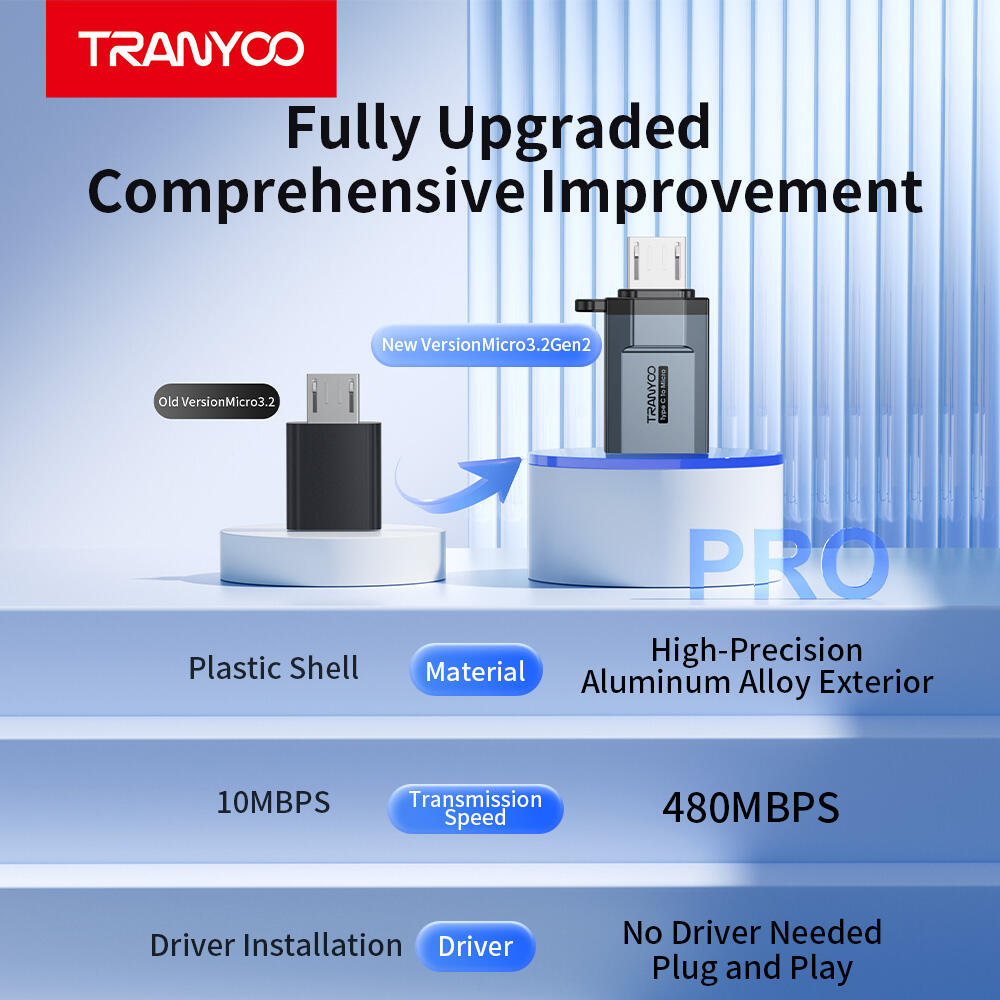The Evolution of Audio Cable Materials in Modern Distribution
The audio cable industry has undergone significant transformation in recent years, particularly in the B2B distribution sector. As we approach 2025, distributors face critical decisions about inventory selection, with braided and PVC audio cables representing two dominant options in the market. The choice between these materials directly impacts profit margins, customer satisfaction, and long-term business sustainability.
Market dynamics show increasing demand for both cable types, driven by diverse applications in professional audio, home entertainment, and commercial installations. Understanding the profitability aspects of each option requires careful analysis of multiple factors, from production costs to end-user preferences.
Manufacturing Cost Analysis and Profit Margins
Production Expenses for Braided Cables
Braided audio cables typically involve higher manufacturing costs due to their complex construction process. The braiding technique requires specialized machinery and skilled labor, resulting in increased production time. However, these cables command premium prices in the market, often yielding higher profit margins per unit despite the elevated production expenses.
Material costs for braided cables include high-grade copper conductors, multiple layers of insulation, and durable outer braiding material. While these components drive up the base cost, they contribute to superior product quality that justifies higher retail prices.
PVC Cable Production Economics
PVC audio cables benefit from streamlined manufacturing processes and lower material costs. The simplified production method allows for higher volume output and reduced labor expenses. This efficiency translates to lower per-unit costs, enabling distributors to maintain healthy margins while offering competitive pricing.
The standardization of PVC cable manufacturing has led to economies of scale, particularly beneficial for distributors dealing in bulk quantities. These cost advantages make PVC cables an attractive option for price-sensitive market segments.


Market Demand Trends and Consumer Preferences
Professional Audio Sector Requirements
Professional audio installations increasingly favor braided cables for their superior durability and electromagnetic interference resistance. Recording studios, concert venues, and broadcast facilities often specify braided cables in their procurement requirements, creating a stable high-end market segment.
The professional sector's willingness to invest in premium audio cables presents significant opportunities for distributors. Technical specifications and performance requirements in this segment often justify the higher price points of braided cables.
Consumer and Commercial Applications
The broader commercial and consumer markets show continued demand for PVC audio cables, driven by cost-consciousness and basic functionality requirements. Installation companies, retailers, and educational institutions often prefer PVC cables for their balance of performance and affordability.
Volume sales in these sectors can generate substantial cumulative profits despite lower per-unit margins. The consistent demand provides distributors with predictable revenue streams and inventory turnover.
Distribution Strategy Considerations
Inventory Management Approaches
Successful B2B distributors often maintain a balanced inventory of both cable types to serve diverse market segments. Strategic stock levels should reflect seasonal demand patterns and sector-specific requirements. Braided cables typically require lower inventory volumes but offer higher margins, while PVC cables may need larger stock quantities to optimize bulk pricing advantages.
Advanced inventory management systems help distributors track product movement and adjust ordering patterns to maximize profitability. Real-time data analysis enables precise stock control and helps prevent overinvestment in slow-moving items.
Market Positioning and Client Relationships
Distributors can strengthen their market position by offering both cable types with clear value propositions for each. Educational initiatives highlighting the appropriate applications for different cable types help build trust with clients and support premium pricing for braided options.
Long-term client relationships often benefit from the ability to provide solutions across price points and performance requirements. This flexibility allows distributors to serve as trusted advisors rather than mere suppliers.
Future Market Projections
Technology Impact on Cable Demand
Emerging audio technologies and installation practices continue to influence cable requirements. While wireless solutions gain popularity in some applications, the demand for high-quality physical audio cables remains strong, particularly in professional and high-fidelity installations.
Innovation in cable materials and construction techniques may introduce new options beyond traditional braided and PVC designs. Distributors should monitor technological developments to maintain competitive advantages.
Economic Factors and Industry Growth
The audio cable market shows promising growth potential through 2025, supported by construction industry recovery and increased investment in entertainment venues. Economic factors including raw material costs and global supply chain dynamics will influence profitability for both cable types.
Regional market variations and regulatory requirements may affect the relative profitability of different cable types across territories. Successful distributors will adapt their product mix to local market conditions.
Frequently Asked Questions
What warranty periods typically apply to braided versus PVC audio cables?
Braided audio cables generally come with longer warranty periods, often 5-10 years, reflecting their premium construction and durability. PVC cables typically carry 1-3 year warranties, aligned with their standard commercial grade positioning.
How do environmental conditions affect the choice between braided and PVC cables?
Braided cables demonstrate superior resistance to temperature fluctuations and moisture, making them ideal for outdoor installations and challenging environments. PVC cables perform well in controlled indoor settings but may require additional protection in extreme conditions.
What minimum order quantities are standard for wholesale audio cable distribution?
Minimum order quantities vary by manufacturer and cable type. PVC cables typically require larger minimum orders, often 500+ units, to achieve optimal pricing. Braided cables may have lower minimum requirements, sometimes as few as 100 units, due to their higher unit value.

